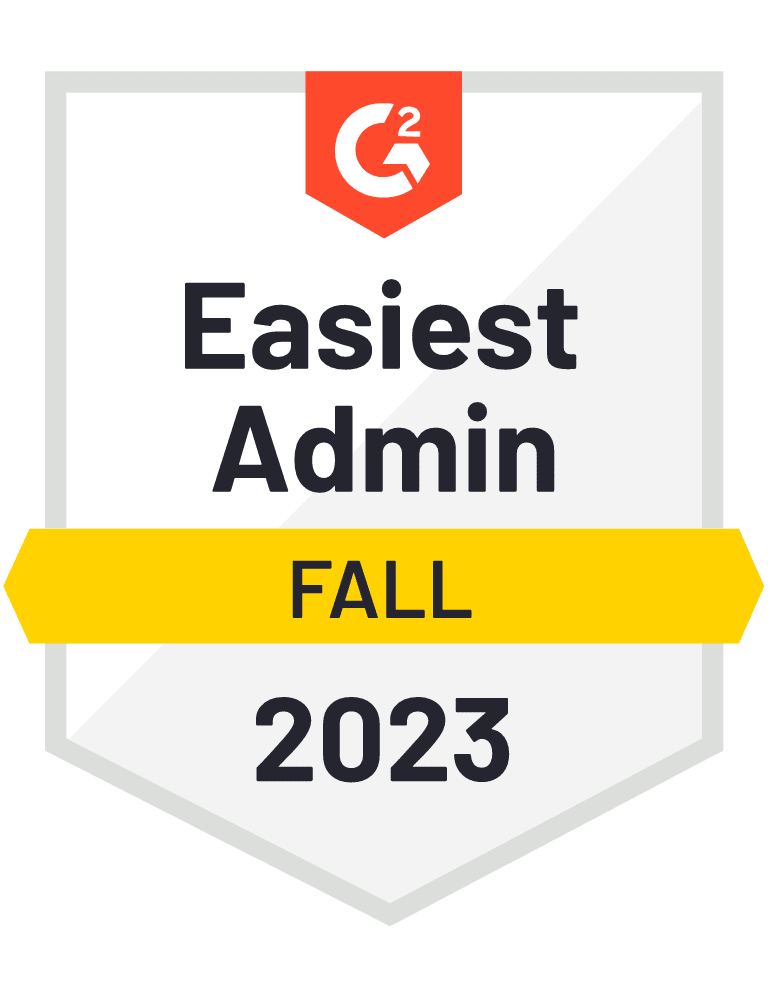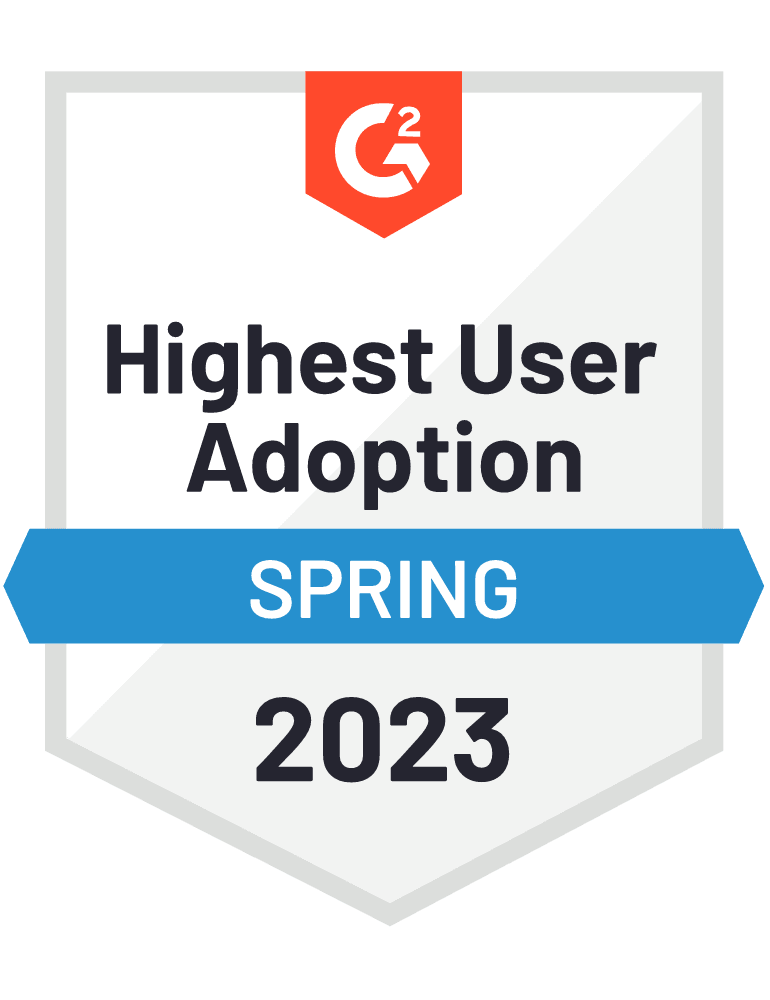The Best Onboarding Saves Time and Money in the Long Run
3 Ways to Extend a Great Candidate Experience Through Onboarding
Remember when you were a kid, and you got something new, like those trendy sneakers or the latest toy? You were giddy with that warm and fuzzy feeling and loved the joy that it brought – you felt good!
This is exactly how someone feels when you tell them they’re hired. It’s also how you probably feel after your best candidate accepts a job offer. All that time and effort have finally rewarded you and your new caregiver with the prizes you both desired.
And it’s definitely something you should celebrate – finding caregivers nowadays is one of the biggest challenges in home care (you already know this). But within this growing industry, with a major talent shortage and a median caregiver turnover rate above 60%, the first question once you have your new caregiver is:
Now what?
Unfortunately, it’s the “now what?” that many agencies overlook once candidates convert to caregivers. Having gone to great lengths to provide a terrific candidate experience, they often fail to give their new employees the same level of consideration post hire. Once that great talent is acquired, it ends there with hiring being the last step of a long process – but here’s what these employers fail to realize:
Just because a caregiver decides to work for you doesn’t mean they actually want to work for you. At least, not yet.
That’s because the end of the recruiting process isn’t an end at all. It’s a continuation of the relationship that began when your new caregiver first connected with your brand. And like any relationship, it takes constant work to nurture.
In other words, don’t paint the picture of that fuzzy feeling for your new hires, only to drop them right in the middle of work without preparing them to do their jobs. Treat them like they’re still coveted candidates to reinforce that they made the right choice to work for you. Onboard them with a caregiver experience that matches their candidate experience and develop a process throughout their time with you. Here’s how:
Keep It Real
Create accurate first impressions. Second ones, too. Then make sure that you meet their expectations on day 1. And days 2, 3, 4, and so on. Candidates hate employers that bend the truth as much as you hate exaggerations on resumes. In fact, research shows that about 1 in 4 candidates say that they felt intentionally misled during the interview process. And it’s not like they’ll forget this if they do take the job.
Sure, you can – and should – hype what’s great about working at your agency, but be realistic. Don’t just use words; show them all the programs that you have in place and how they will benefit from them. Be creative and show those perks, which may include access to earned wages, benefits, and any bonus programs, and be sure to showcase your agency’s culture and how they will fit in it.
Create Structure and Make Onboarding Easy
Creating a structured onboarding experience might sound like a formal and cumbersome endeavor – but relax and think back to your hiring approach. What are you doing for onboarding currently, and what are the first impressions that your onboarding is likely giving your new hires? Put yourself in their shoes: as a new hire, what would you like to know on your first day? What would reassure you that you are at the right agency? What are things that would make onboarding much easier?
According to the Society for Human Resources Management, onboarding is a crucial time to influence your new employees and leave them with a lasting impression. If you start off with a great onboarding experience, 69% of your employees are more likely to stay with you for three years.
If you have manual onboarding, you’re not only making it more difficult for yourself but are also giving your new hires the wrong impression from the start. No one enjoys filling out a gazillion forms or a skyscraper of paperwork on their first day, and the more manual the process, the more room for errors – errors that can be costly and make your new hires want to leave before they’ve even started.
Here are some ways to make their onboarding easier while creating a lasting impression:
Before Day 1
Instead of completing forms in the office, documents can be sent to any new hires to be filled out and returned via email, and there are plenty of online platforms and portals that can be used too.
Day 1
With all the paperwork out of the way, this leaves time on day 1 for you to highlight your culture, perks, and expectations, elaborate on the role and responsibilities, and introduce them to the team.
Month 1 and On
Make sure to set up recurring meetings with your new caregivers so you can continue to gauge their experiences and address anything they may need; open communication can go a long way. This will help your caregivers feel engaged and taken care of. Research by Gallup shows that employee engagement peaks for most people during their first 6 months on the job – and only 52 percent of workers are engaged overall, which emphasizes the serious effort employers have to make.
Additionally, Home Care Pulse reports that 80% of caregivers that leave an agency within their first year do so in their first 90 days. At this stage and beyond, whether you’re still technically onboarding people is less relevant than simply making sure you’re making them feel as wanted as the day you both said “I do.” Having open communication will help you assess if further training and development is needed and identify your caregivers’ needs.
Focus on Caregiver Motivation
During the interview phase, you and your candidates probably discussed all sorts of opportunities, including pay and advancement and your organization’s perks and culture. Now that they are working for you, try to deliver just that, if not more – they expect what you promised. In an industry with so much turnover, if you’re not providing what you said you would, they are just going to go to the next agency to get what they’re looking for. Make sure to keep your promises and focus on their motivation and building relationships with your caregivers.
You have to remember that caregivers are your clients, and because of them, your business runs.
So how do you build motivation?
Learning Opportunities
A recent statistic by Gallup says only 12% of employees believe their company’s onboarding programs adequately trained them for their roles . . . that leaves 88% feeling inadequately trained. Improve your onboarding experience by providing courses through a learning management system that your caregivers can access anywhere and anytime to learn the skills that are needed to best perform their jobs.
Types of learning caregivers value most:
-
- Videos with skits in short, bite-sized pieces
- Trainings on what to do (and even what not to do!)
- Basic trainings beyond what’s minimally required, including courses on sexual harassment and discrimination, diversity, workplace safety, and dementia and Alzheimer’s
- On-the-job demonstrations – If your caregivers need to see something in action, show them
Financial Freedom
With the demand for caregivers but shortage of available staff, your caregivers are probably working long hours. If you want to keep them, you have to make sure you pay them right, which can include providing the freedom to choose how they are paid. Especially in times of crisis like the current pandemic, you want to make sure your employees will get paid on time and without needing to physically go to the office or their bank. If you don’t have them already, consider programs such as paycards and access to earned wages.
Final Thoughts
Perfecting your onboarding process may cost some time and resources initially, but once you have it ironed out, you’ll save much more in the future. With Home Care Pulse estimating that it costs $2,600 to replace one caregiver, it’s best to invest the time and money upfront so you can avoid the headaches and expenses later on.
This information is for educational purposes only, and not to provide specific legal advice. This may not reflect the most recent developments in the law and may not be applicable to a particular situation or jurisdiction.










